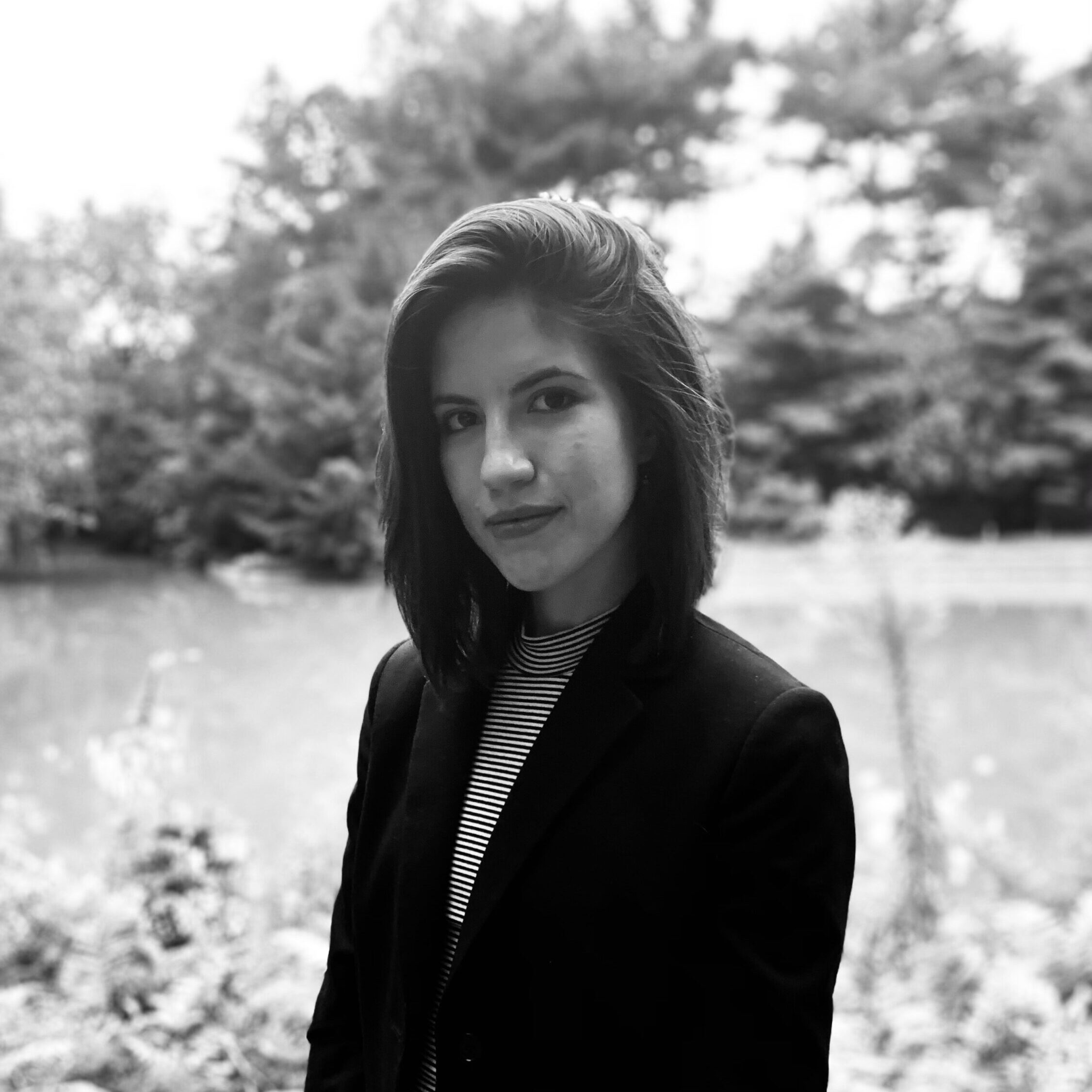Tackling the Narrative Challenges of Climate Change, On and Off the Page

By S.E. Hartz
This past weekend, I coped with a particularly bad bout of climate anxiety by watching seven straight hours of Stranger Things. Something about witnessing a group of young kids repeatedly face down various iterations of the same catastrophe, beating back murderous forces from the underworld to triumph collectively (no matter what might face them next season), felt right for the occasion. Perhaps the 80’s nostalgia helped – calling back a time when the climate clock had not run down quite as far. Maybe, as some have suggested, I was picking up on ecological themes, seeing the show subliminally as a commentary on the pitfalls of technological interference. Either way, I began to think about genre, and more specifically to wonder: what is the best genre through which to approach the climate crisis?
In The Great Derangement: Climate Change and the Unthinkable, writer Amitav Ghosh explores the challenges that face authors attempting to translate climate into fiction, pinpointing the climate crisis as “also a crisis of culture, and thus of the imagination.” As Ghosh writes, the challenges of capturing climate change in fiction are both temporal and scalar. Rather than unfolding on a temporally limited timeline, building to a single climax and resolution, climate change occurs both gradually and catastrophically, a slow-burn disaster punctuated by extreme weather events that repeat over time, an endless narrative of abstract threat and disconnected disaster. In terms of scale, the all-encompassing impacts of climate change resist narrative capture: how do we write about “forces of unthinkable magnitude” operating over “vast gaps in time and space” and still craft a narrative that feels personal and relatable? To these challenges, I would add the problem of character. We understand the roots of the crisis as capitalism and imperialism, but it is difficult to make systems into compelling villains.
Ghosh ultimately asks whether science fiction, a genre bent toward larger-than-life challenges and worlds beyond the one we inhabit, is better equipped to tackle these issues than mainstream literary fiction. While I believe all genres can integrate climate themes, science fiction – particularly in the specific subgenre of climate fiction, or “cli-fi” – has been the richest ground for approaching climate in the arts so far. While earlier examples exist, cli-fi has emerged as a distinct genre over the last few decades. Some of my most personally resonant examples have been Parable of the Sower by Octavia Butler and Gold Fame Citrus by Claire Vaye Watkins, both of which depict journeys through a climate-ravaged near-future California. I am still delving into Kim Stanley Robinson’s canon, whose New York 2140 has served as inspiration for climate activists and scientists alike (he even spoke at an environmental science conference I attended in 2018.) For present-day readers, there is inherent value in having what is arguably the most significant period of global change we will witness translated into the fiction we absorb. Beyond this, several academic studies have attempted to explore the impact that cli-fi has on psychology and political orientation. The results have been mixed, finding that cli-fi narratives can be alternatively motivating and demoralizing. With awareness that dystopian stories often fail in presenting a positive alternative for the future, genres like solarpunk have emerged from the speculative fiction umbrella to challenge narratives of doom. Solarpunk, with an aesthetic bent toward renewable energy and regenerative climate solutions, envisions what the world might look like if climate activists achieved our goals.
I’ve started to dabble in the realm of cli-fi, and have found that what feels best depends on my mood and on the microstate of world affairs. Sometimes it feels best to focus on hope and redemption, which center my mind on the landscape of the future ahead and remind me of the myriad tools we have to sculpt it. In weeks like the past few we have endured, campy horror feels cathartic; I can flatten the convoluted and nuanced systems we are tasked with untangling into a grotesque, discrete, and ultimately vanquishable monster, and revel in the triumph. Ultimately, despite the challenges Ghosh and others have identified, I think that climate fiction can and should be approached through all genres. We need dystopias and utopias to clue us into the worst we might face and the best we can hope to build. We need realistic fiction that drives home the real world human consequences of what we’re facing. And we need horror and supernatural fiction, genres I feel are uniquely situated to define and defeat the villains we are facing.
Most importantly, figuring out the many avenues we can use to approach climate change is a narrative challenge that needs to go beyond the fictional realm. I haven’t been writing fiction lately, but I have still been doing narrative work. Whether we are advocates talking to voters or elected officials, or policymakers bringing stakeholders on board to an agenda, everyone engaged in environmental work must be figuring out the most truthful and impactful stories to tell. One of my earliest forays into research was looking at major works of environmental literature and analyzing the narrative frames they employed – were they appealing to reason, to morality, to something else? My research conclusions were uncertain, beyond driving home a realization that there are a thousand different frames to look through the world, and different frames for different moments.
With each piece of climate-related news we face – whether it is a legal decision, a scientific report, or news of another extreme weather event – we must learn how to move through multiple narrative realms, to hold pessimism and optimism at once, to traverse dystopias and while envisioning the utopias we seek to build. As a writer and as a person, I have yet to land on a singular narrative that captures what lies ahead of us. In seeking that guiding story, I’ve tried to focus not only on what is an accurate reflection of the reality facing us, but also what is a useful framing with which to move forward – because no matter the doom scrawled on the walls, the future has not yet been written. We are writing it and shaping it now, and we must invest in the stories that fill us with the sustenance needed for the fight, that let us – like our favorite protagonists – believe in our own ability to turn the world right-side up again.
Read more of S.E.’s work here at Reckon:
Fiction: Perseids, World’s End, Last Year
Nonfiction: Altered Earths: On Genre, Worldbuilding, and Multiplicity

